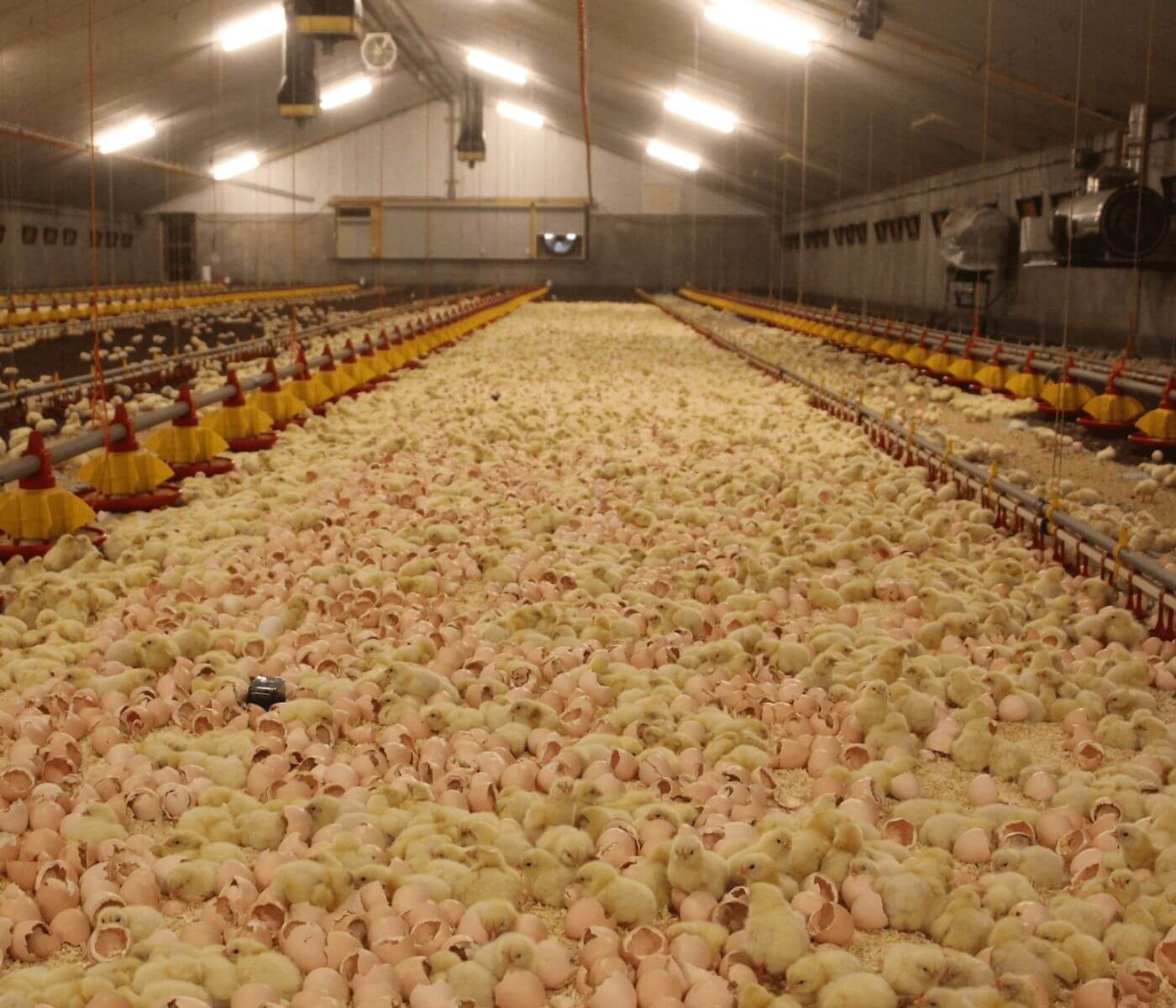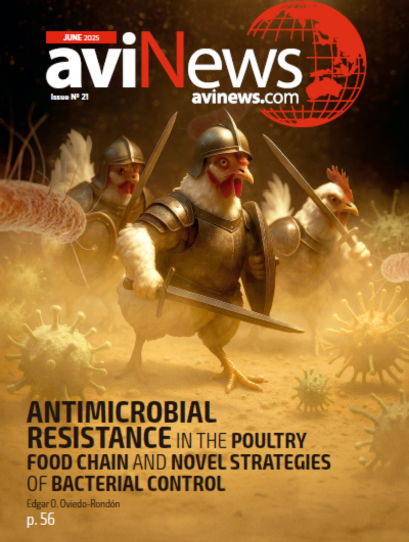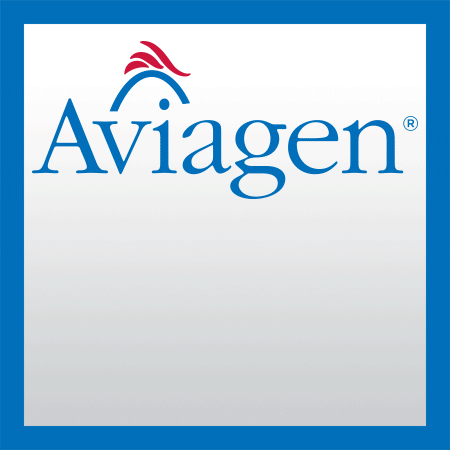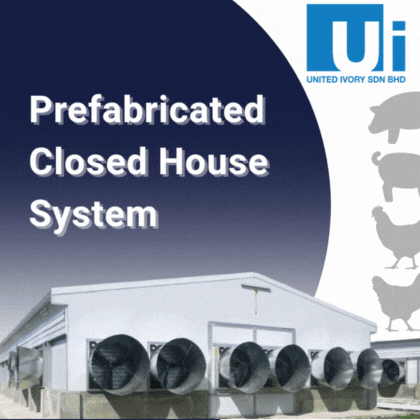True to tradition, hatching is a process to usually take place in a conventional hatchery. An alternative however, is hatching preincubated eggs in a preheated broiler house, thus allowing newly born chicks immediate & uninterrupted access to feed and water.
Furthermore, on-farm hatching eliminates all stress related to hatchery handling of day-old chicks, and there is no transport of day-old chicks.

A truck, carrying a, 50.00O pre-incubated eggs arrives at the farm. First, a futuristic high-tech machine is unloaded (Photo 1), the NestBorn egg placing machine (available in a regular or compact version, can be customized for all types of setter trays).
- Powered by a high capacity battery, this self-propelled machine is moved into the preheated broiler house by the operator.
- Then the trollies with setter trays with 17 tot- 19 day pre-incubated eggs are unloaded from that same truck and taken into the house.
- The operator positions the machine over the 2 meter wide bedding strip, which is covered with woodchips.
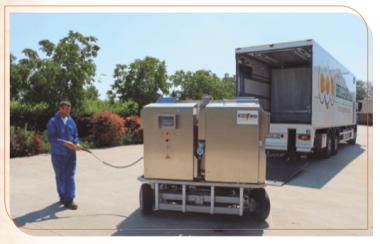
Photo 1. The self-propelled egg placing machine is unloaded from the truck
Onwards the trays with the preincubated eggs are put on the “feeding sled” of the machine one by one, after which the eggs are automatically & gently transferred onto the bedding strip (Photo 2).
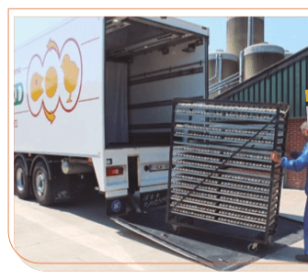
Photo 2. Onwards, pre-incubated eggs are unloaded from the truckP
The machine moves forward a little and the next 300 eggs put in. Meanwhile, the emptied trays are sliding out of the machine and taken away by another person. It all happens very quietly and smoothly (Photo 3).
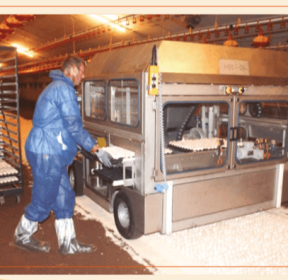
Photo 3. Setter trays with pre-incubated eggs are put in the placing machine after which these are transferred onto the woodchips bedding
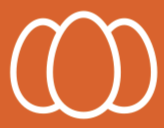
The machine, with 2 operators, has a 60,000 eggs per hour capacity (battery capacity is a, 250.000 eggs for the regular edition).
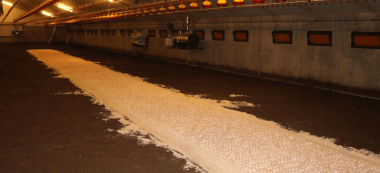
Photo 4. The woodchips bedding is 2 meters wide and runs in the length direction through the house
A special egg shell monitoring tool has been developed for the system.

Keep up to date with our newsletters
Receive the magazine for free in digital version REGISTRATION ACCESS
YOUR ACCOUNT LOGIN Lost your password?

